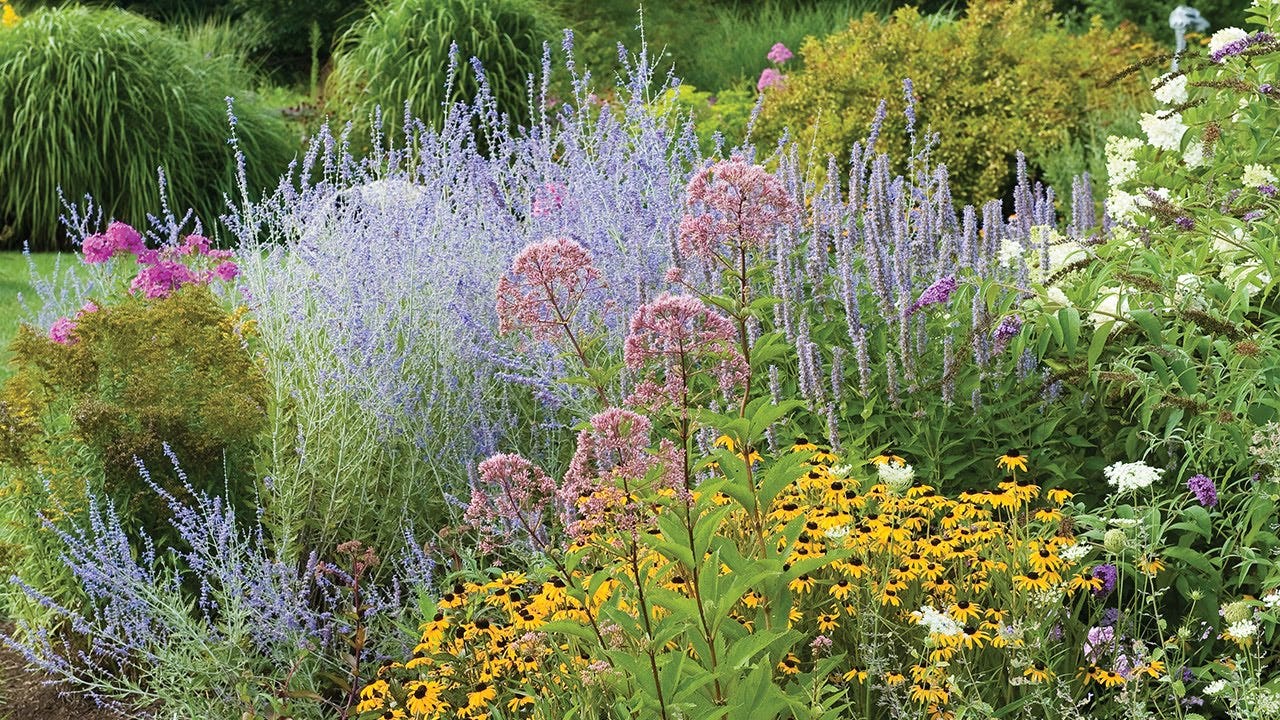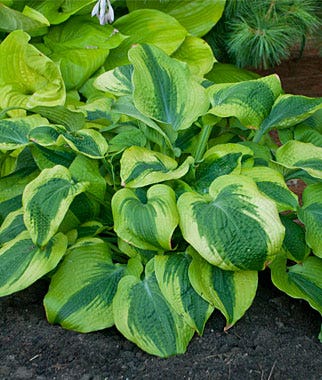We use cookies to give you the best experience on our website. These cookies are completely safe and secure and will never contain any sensitive information. Please read our Privacy Policy. By clicking "Ok" or clicking on any other content, you agree that cookies can be placed.
Shade Gardens

What is a Shade Garden?
Don't be afraid of the shade. Like their solar opposite, sun gardens, with their vibrant oranges and eye-popping reds, shade gardens have their own special appeal. Shade gardens with their predominance of lush and lazy greens have a natural physical and ethereal attractiveness.
On even the hottest and most humid of days, the soft yellows and quiet turquoises of the shade garden linger patiently under cool, wide leaves. After a busy day a stroll through a shade garden can relieve stress. Shade gardens can also be places of calm meditation.
Growing a Shade Garden
Growing an attractive shade garden may at first appear challenging for some, but finding the appropriate balance between two concepts will help guarantee success: Focus on Foliage and Plant in Mass. Cultivate interest with foliage. Create harmony through mass plantings.
“A good balance of bold and delicate textures is needed, “ said Pennsylvania certified horticulturist and landscape designer Wendy Brister.
“For example: a Hosta with a hardy Geranium - a big, bold, vase-shaped plant with a blue leaf combined with a delicate purple cutleaf Geranium- makes a great combination,” Brister said.
Look for shade plants that have colored foliage or interesting textures or leaf shapes. Contrast the elliptical long leaf of a Hosta with the feathery leaf of a fern. Angular Bleeding Heart or Astilbe leaves dance nicely above the rounded, larger and darker leaves of Lady’s Mantle.
“When a single specimen is planted it tends to be lost in the shade garden,” Brister said. “Many flowers on shade perennials are small and delicate, therefore, large masses are more effective,” she added.
Brister suggested thinking of perennials as ground cover in shade. Let them fill in the planting bed completely. Plant to create curving shapes. “Shade is NOT a place for little plant soldiers in straight lines,” she said.
Most shade perennials bloom early in spring before the trees leaf out. So season-long color has to be found in foliage. Using white in shade is popular as it stands out nicely because of the contrast. A white centered Hosta ‘Dancing Stars” pairs wonderfully with the taller feathery Ostrich Fern. Warm color can be added with Autumn Fern.
Another shade favorite is Hellebore “Ivory Prince” for its light attracting ivory pink color. Hellebore’s palm-like dark green leaves attractively anchor the front of a shade garden well after the stunning blooms have past. Brister says her favorite is Bear's Foot Hellebore, or Helleborus foetidus, because the interesting green flowers open as early as January.
In a shade garden, slices of setting sun sometimes pierce the woods, lighting up a drift of ferns and making them shimmer like fireworks in the breeze. More than one couple has been inspired to hold hands and take a walk down a hosta-lined path. Hydrangeas make the perfect setting for sipping a favorite wine to the sound of friends' laughter -- only a few telephone calls, texts or e-mails away.
Growing Hostas Shade Perennials
Gardening in the woods should be a pleasure, rather than a challenge. The lack of a lot of sun can overwhelm or even frighten some gardeners instead of what it really is -- an excuse to grow a lot of great perennials some would have never attempted before.
Gardening in the shade under a canopy of leaves, behind a wall of sturdy trunks on a floor decorated with the texture and form of plants can lend the gardener a sheltered, protected feeling. It’s cozy while vast. That feeling of being protected by nature must be what transports shade garden visitors to that extra-good space.



